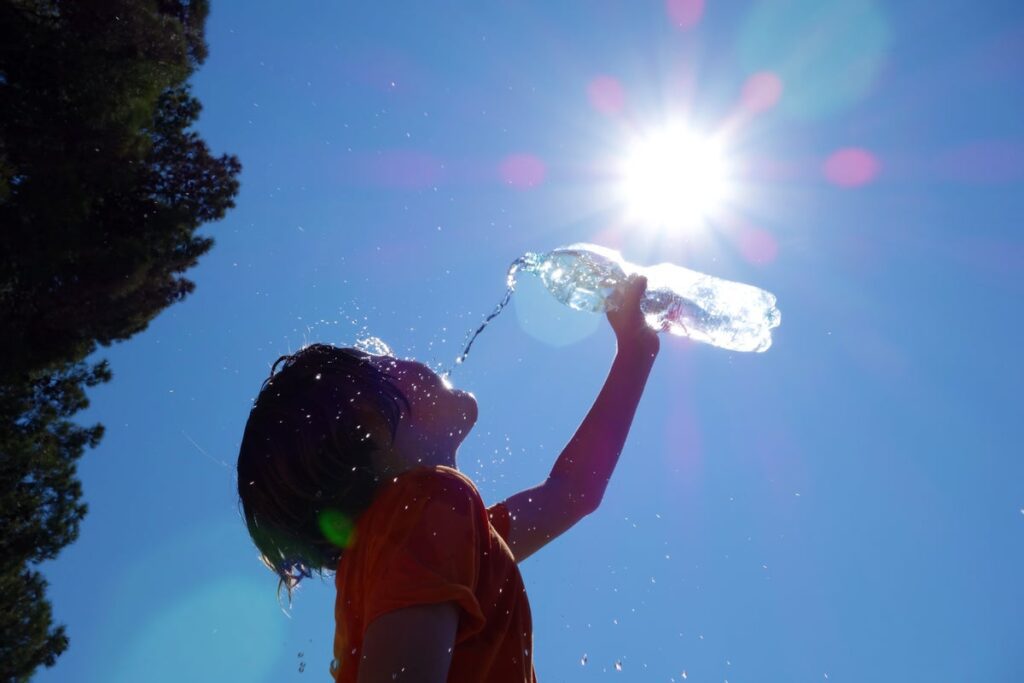Heatwaves and Our Children: The Impact of Climate Change
With the onset of climate change driven by human activities, particularly the combustion of fossil fuels, today’s children are on track to experience unprecedented levels of extreme heat throughout their lifetimes.
The Statistics of an Unprecedented Future
Recent findings, published in the journal Nature, indicate that over half of the children born in 2020 will likely endure extreme heat waves—an occurrence that was nearly nonexistent before the rise in global temperatures. If pessimistic climate models hold true, this figure climbs alarmingly to 92% for children aged five today. In stark contrast, only 16% of individuals born in 1960 are projected to face similar conditions, regardless of future climate scenarios.
A Disproportionate Burden on the Young
This research underscores a critical aspect of climate change: its unequal effects on different generations. Children today stand to bear a significant portion of climate-related challenges, emphasizing the necessity to curb global warming to protect future generations.
Voices of Concern
“The projections appear especially dire for the younger generation,” remarked Wim Thiery, a climate scientist at the Vrije Universiteit in Brussels. “Many people my age have children, young children, and it’s important to consider their future.”
Understanding Unprecedented Exposure
The researchers define “unprecedented exposure” as enduring heat stress levels that someone living without climate change would statistically experience only once in 10,000 chances. For instance, residing in Brussels, experiencing six extreme heatwaves over a person’s lifetime would be classified as unprecedented under these analyses, while such events would average only once per century in a stable climate.
Regional Variability in Projections
The study utilized climate models to assess varying thresholds of heatwaves, floods, and wildfires, predicting that about 50% of the 120 million children born in 2020 will face unprecedented heat exposure, even in optimistic scenarios projecting a maximum warming of 1.5 °C by the end of the century. If the more severe projection of 3.5 °C occurs, this number could soar to 92% for current five-year-olds.
The Inequality Factor
Furthermore, the distribution of this heat-related risk is not uniform; those in lower socioeconomic conditions are likely to experience greater exposure to extreme heat events. “It’s not just generational inequality, but also inequality based on vulnerability,” Thiery elaborated.
Preparing for a Hotter Future
Experts advocate not only for a swift transition away from fossil fuels but also for community-level interventions. Emma Lawrance, a researcher studying the intersections of mental health and climate change, emphasizes the importance of urban planning measures, including planting trees for shade and ensuring accessible cool spaces during heatwaves. “Communities must prepare for increasing instances of heat extremes,” she stated.
Conclusion: Addressing the Duty of Care
The findings present a compelling narrative about the future impacts of climate change on young populations and stress the need for immediate action. Caroline Hickman, a psychotherapist at the University of Bath, suggests that society must prioritize protecting children from climate-related risks. “Adults have a duty of care to create a sustainable future, and we are failing if we do not take these threats seriously,” she concluded.
This article draws on research published in Nature, emphasizing the urgency of climate action to safeguard the well-being of future generations. For further details, refer to the study titled “Global Emergence of Unprecedented Lifetime Exposure to Climate Extremes,” authored by Luke Grant et al.


